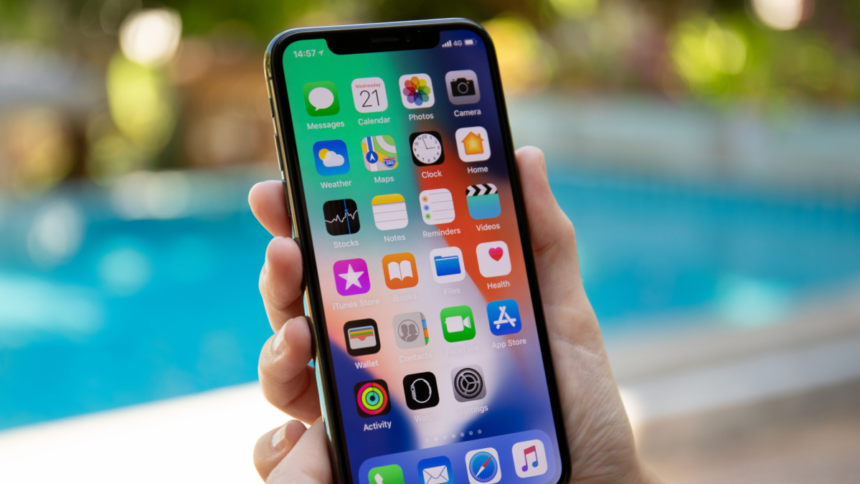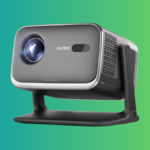The Longevity of Apple Devices: Understanding Vintage and Obsolete Classifications
Every technological device has a specific “lifespan,” which goes beyond simply using it until it fails, is damaged, or is eventually replaced. This lifespan is defined by the period during which the manufacturer officially provides support for the product, and this timeframe may not correspond directly to how long the device physically lasts. For instance, Apple asserts that it will provide support for their products for a minimum of five years after they cease selling them. Following this five-year mark, Apple can categorize that device as “vintage.”
Recently, Apple has added two more devices to its vintage roster: the iPhone 7 Plus (released in 2016) and several models of the iPhone 8 (debuted in 2017). The 64GB and 256GB versions of the iPhone 8 are now considered vintage, while the 128GB variant is not yet classified as such. The last update in this category included the vintage labeling of the iPhone XS Max (2018) and the iPhone 6S Plus (2015). Furthermore, Apple has reclassified two previously labeled “vintage” iPads—the iPad Air 2 (2014) and the iPad mini 2 (2013)—as “obsolete.”
Defining “Vintage” Products in Apple Technology
In Apple’s terminology, a “vintage” classification doesn’t necessarily mean the product is outdated or should no longer be used—nor does it suggest that collectors will be interested in purchasing it at a premium. When a device is labeled as “vintage,” Apple no longer guarantees that it can be serviced or repaired at an Apple Store or authorized service provider. Moreover, regular software updates for that device may cease to occur.
According to Apple’s criteria, a product is considered vintage if it was discontinued over five years ago but less than seven years prior. Because Apple halts the sale of certain models at different times, some devices may be marked as vintage sooner than others. For example, the 128GB iPhone 8 remained available for a longer duration compared to other storage versions, and thus it has not yet been classified as vintage. A comprehensive list of all vintage and obsolete devices can be accessed on Apple’s support website.
Even after being designated as vintage, these devices remain functional (the reclassification is not a form of planned obsolescence), and some may receive updates to address critical security vulnerabilities or support the latest operating systems. For example, the XS Max retains compatibility with iOS 18, illustrating that vintage status does not entirely eliminate software support. Repair may still be possible, provided that parts are available, but one may encounter reluctance from Apple technicians or authorized service providers.
After surpassing seven years from their original release, products transition from vintage to a new category: “obsolete.”
Apple’s “Obsolete” Device Classification
Devices deemed “obsolete” will generally function well as long as their hardware is intact. However, most obsolete products experience a significant reduction in support. The exception lies with MacBooks, which may allow for battery replacements up to ten years after the device was last offered for sale.
Owners of obsolete iPhones should not expect the latest iOS iterations to be compatible, and receiving any software updates becomes increasingly unlikely. Nonetheless, there are rare instances where Apple may provide security updates for obsolete models; for example, all iPhone 6S variants, including the 32GB 6S Plus, continue to get critical security patches despite being classified as obsolete.
While it can be frustrating for users who prefer to hold on to older technology rather than upgrade, Apple’s policies reflect the realities of the current technological landscape. As hardware and software evolve at a rapid pace, allocating resources to maintain outdated devices becomes both challenging and financially taxing. However, when Apple stores decline to repair devices like the iPhone 8, independent repair shops may still offer assistance long after the device has reached “obsolete” status.












